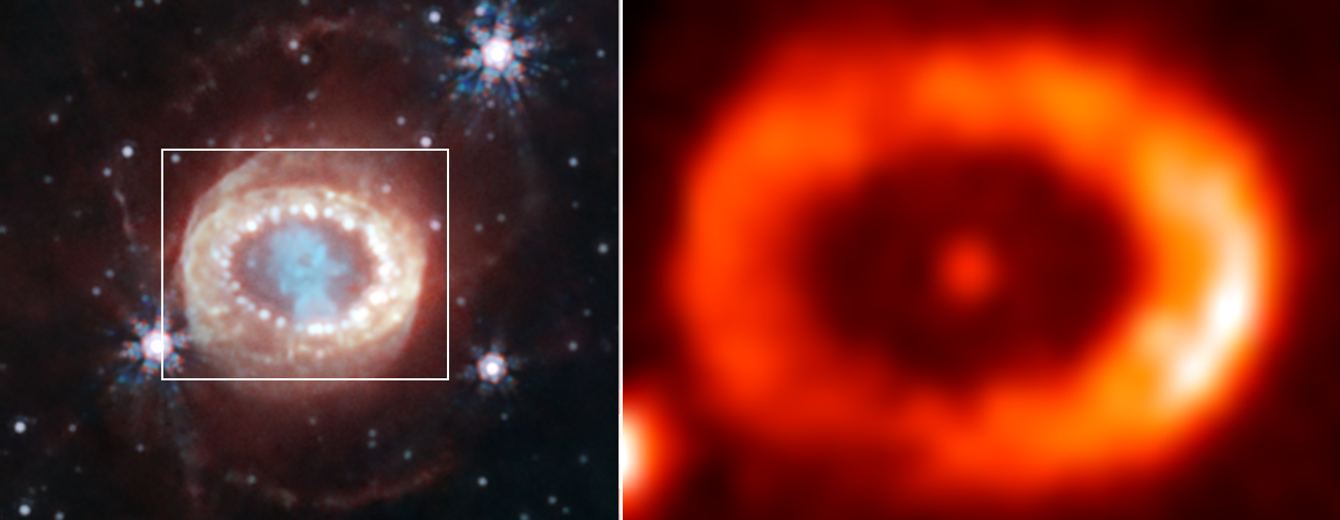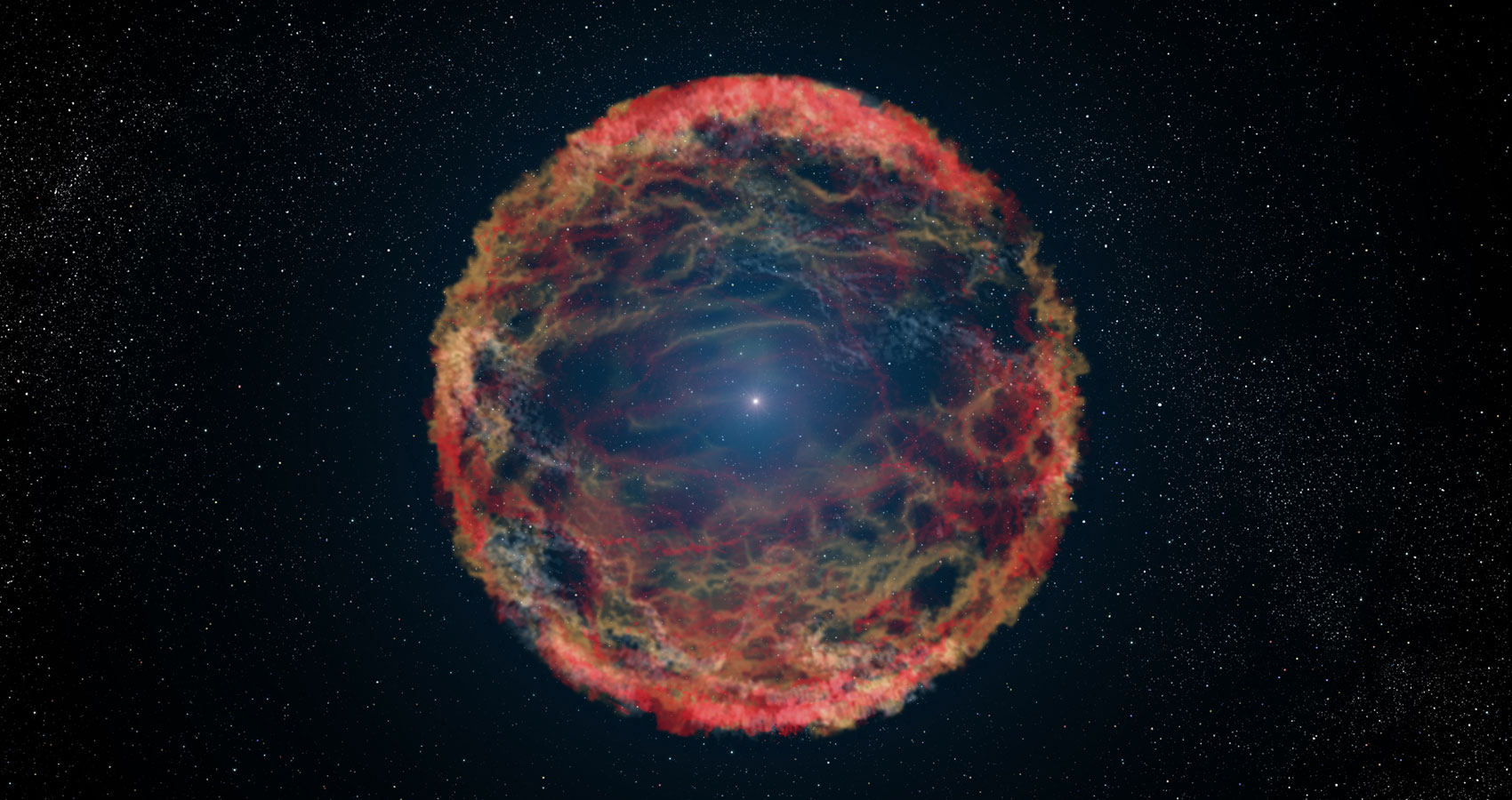I can remember seeing images of SN1987A as it developed back in 1987. It was the explosion of a star, a supernova in the Large Magellanic Cloud. Over the decades that followed, it was closely monitored in particular the expanding debris cloud. Predictions suggested there may be a neutron star or even a black hole at the core but the resolution of the telescopes was insufficient to pick anything up. Now we have the James Webb Space Telescope and using its more powerful technology, signs of a neutron star have been detected.
Continue reading “Finally! Webb Finds a Neutron Star from Supernova 1987A”Even if We Can’t See the First Stars, We Could Detect Their Impact on the First Galaxies

For a long time, our understanding of the Universe’s first galaxies leaned heavily on theory. The light from that age only reached us after travelling for billions of years, and on the way, it was obscured and stretched into the infrared. Clues about the first galaxies are hidden in that messy light. Now that we have the James Webb Space Telescope and its powerful infrared capabilities, we’ve seen further into the past—and with more clarity—than ever before.
The JWST has imaged some of the very first galaxies, leading to a flood of new insights and challenging questions. But it can’t see individual stars.
How can astronomers detect their impact on the Universe’s first galaxies?
Continue reading “Even if We Can’t See the First Stars, We Could Detect Their Impact on the First Galaxies”Gravitationally Lensed Supernovae are Another Way to Measure the Expansion of the Universe
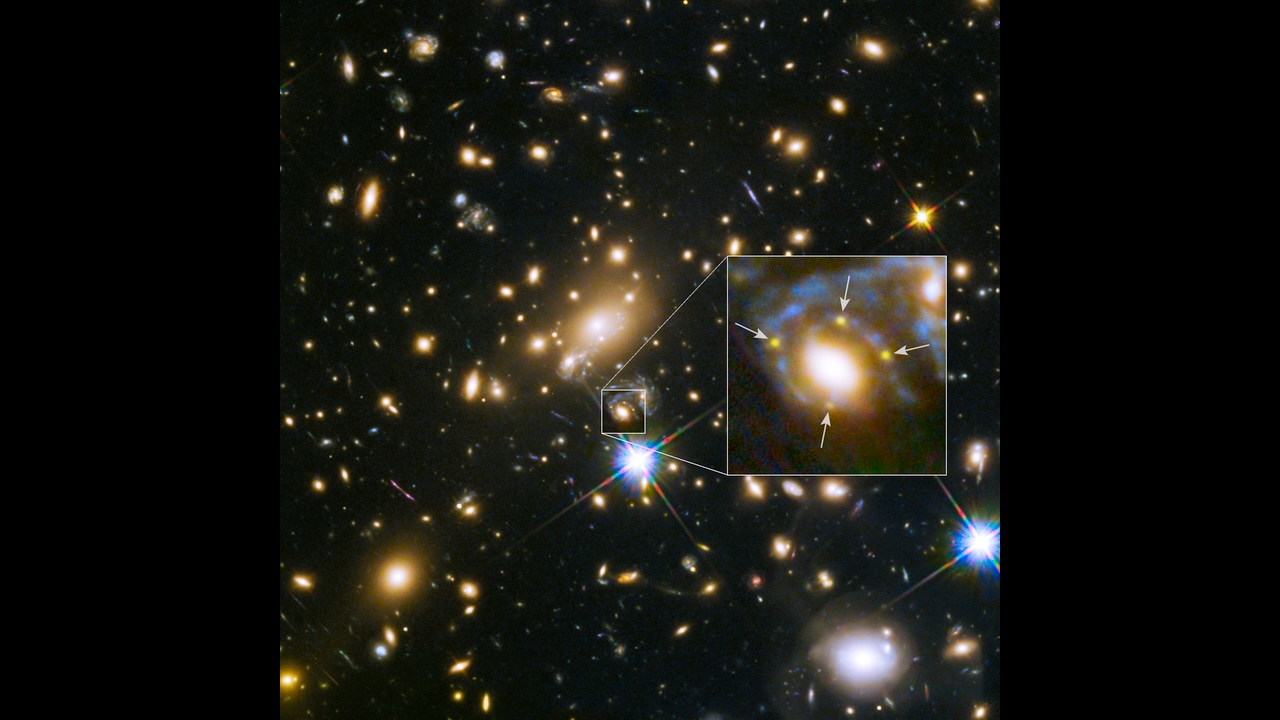
Supernova are a fascinating phenomenon and have taught us much about the evolution of stars. The upcoming Nancy Grace Roman telescope will be hunting the elusive combination of supernovae in a gravitational lens system. With its observing field 200 times that of Hubble it stands a much greater chance of success. If sufficient lensed supernovae are found then they could be used to determine the expansion rate of the Universe.
Continue reading “Gravitationally Lensed Supernovae are Another Way to Measure the Expansion of the Universe”Giant Star Seen 150 Days Before it Exploded as a Supernova
Supernovae are relatively rare. It might not seem like it, but that’s because they’re so bright we can see them in other galaxies a great distance away. In fact, in 2022, astronomers spotted a supernova over 10 billion light-years away.
Any time astronomers spot a supernova, it’s an opportunity to learn more about these rare, cataclysmic explosions. It’s especially valuable if astronomers can get a good look at the progenitor star before it explodes.
Continue reading “Giant Star Seen 150 Days Before it Exploded as a Supernova”This Galaxy Hosted One of the Most Powerful Supernovae Ever Seen

In 2010, an exceptionally luminous supernova exploded in a small galaxy about 150 million light-years away called UGC 5189A. The Hubble Space Telescope has kept its eye on this galaxy because of the extraordinary supernova, which for three years released more than 2.5 billion times the energy of our Sun in visible light alone.
Though the supernova, named SN 2010jl, died down years ago, astronomers are still watching its aftermath.
Continue reading “This Galaxy Hosted One of the Most Powerful Supernovae Ever Seen”Black Holes and Neutron Stars are Finally Linked to Supernovae
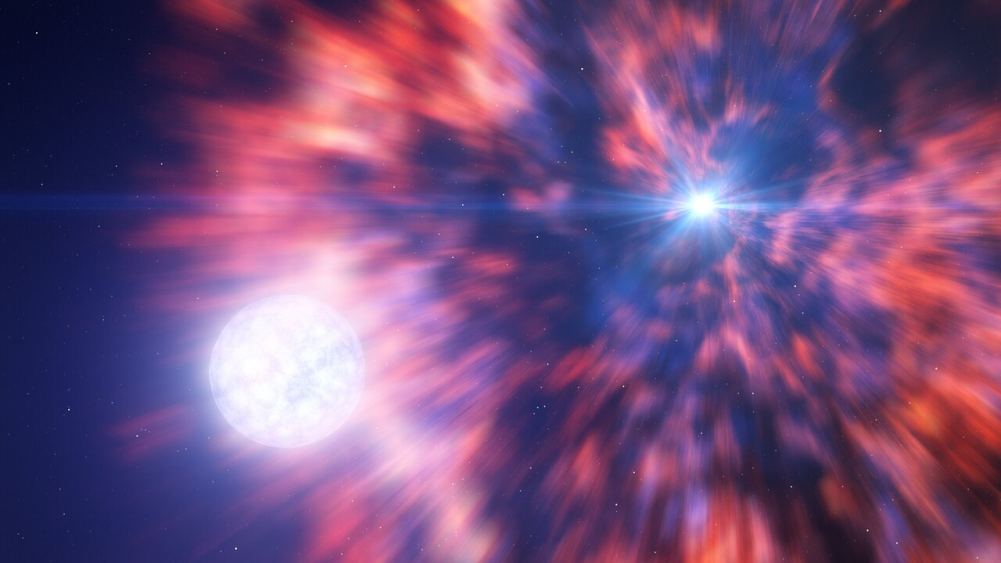
Everybody knows that the explosive deaths of supermassive stars (called supernovae) lead to the creation of black holes or neutron stars, right? At least, that’s the evolutionary path that astronomers suggest happens. And, these compact objects exist throughout the Universe. But, no one’s ever seen the actual birth process of a neutron star or black hole in action before.
Continue reading “Black Holes and Neutron Stars are Finally Linked to Supernovae”1,500 New Type 1A Supernova Found as Part of the Dark Energy Survey

Supernova explosions are fascinating because they’re so cataclysmic, powerful, and awe-inspiring. They’re Nature’s summer blockbusters. Humans have recorded their existence in ancient astronomical records and stone carvings, and in our age, with telescopes.
Now, the Dark Energy Survey (DES) has uncovered the largest number of Type 1A supernovae ever found with a single telescope.
Continue reading “1,500 New Type 1A Supernova Found as Part of the Dark Energy Survey”JWST and Chandra Team Up for a Stunning View of Supernova Remnant Cassiopeia A
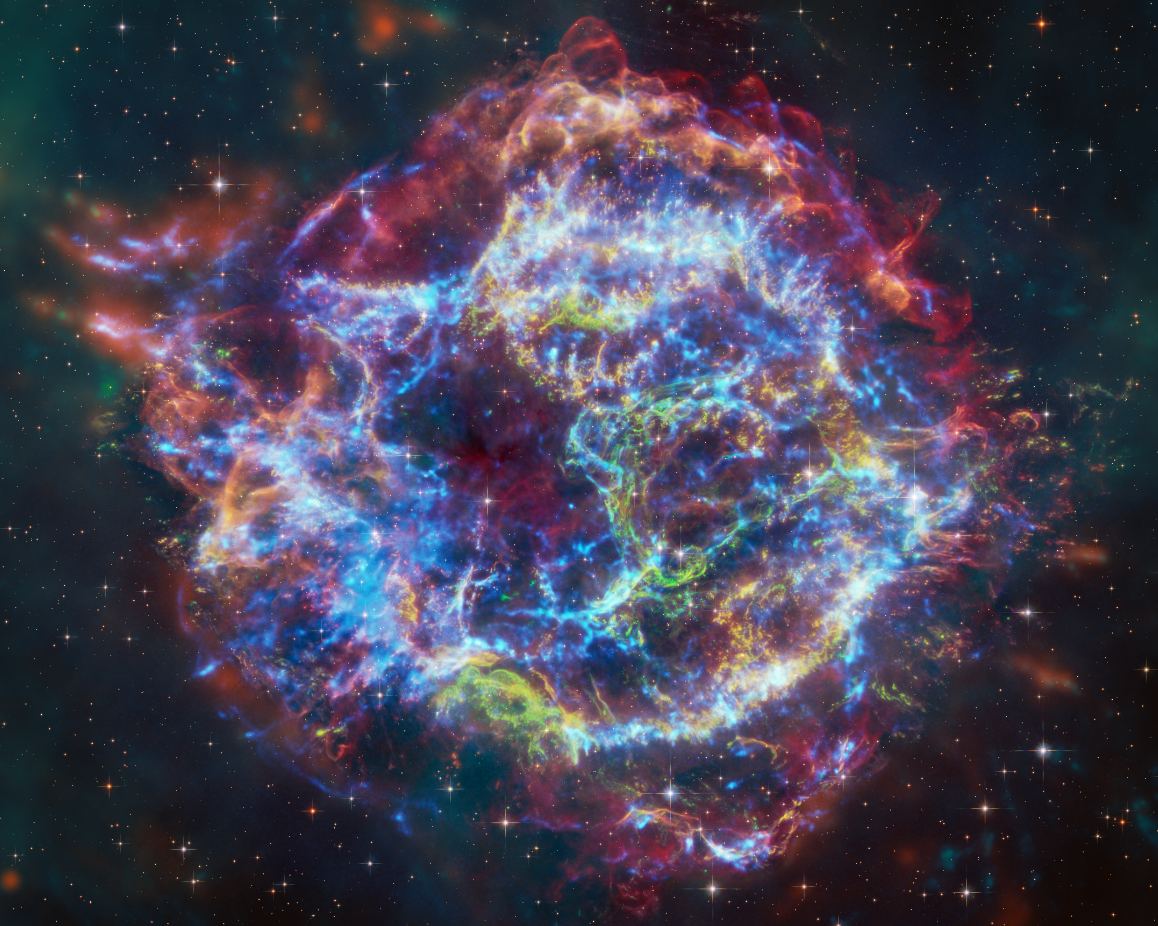
NASA’s long-lived Chandra X-ray Observatory teamed up with JWST for the first time, producing this incredibly detailed image of the famous supernova remnant Cassiopeia A. JWST first looked at the remnant in April 2023, and noticed an unusual debris structure from the destroyed star, dubbed the “Green Monster.” The combined view has helped astronomers better understand what this unusual structure is, plus it uncovered new details about the explosion that created Cas A.
Continue reading “JWST and Chandra Team Up for a Stunning View of Supernova Remnant Cassiopeia A”Multiple Supernova Remnants Merging in a Distant Nebula
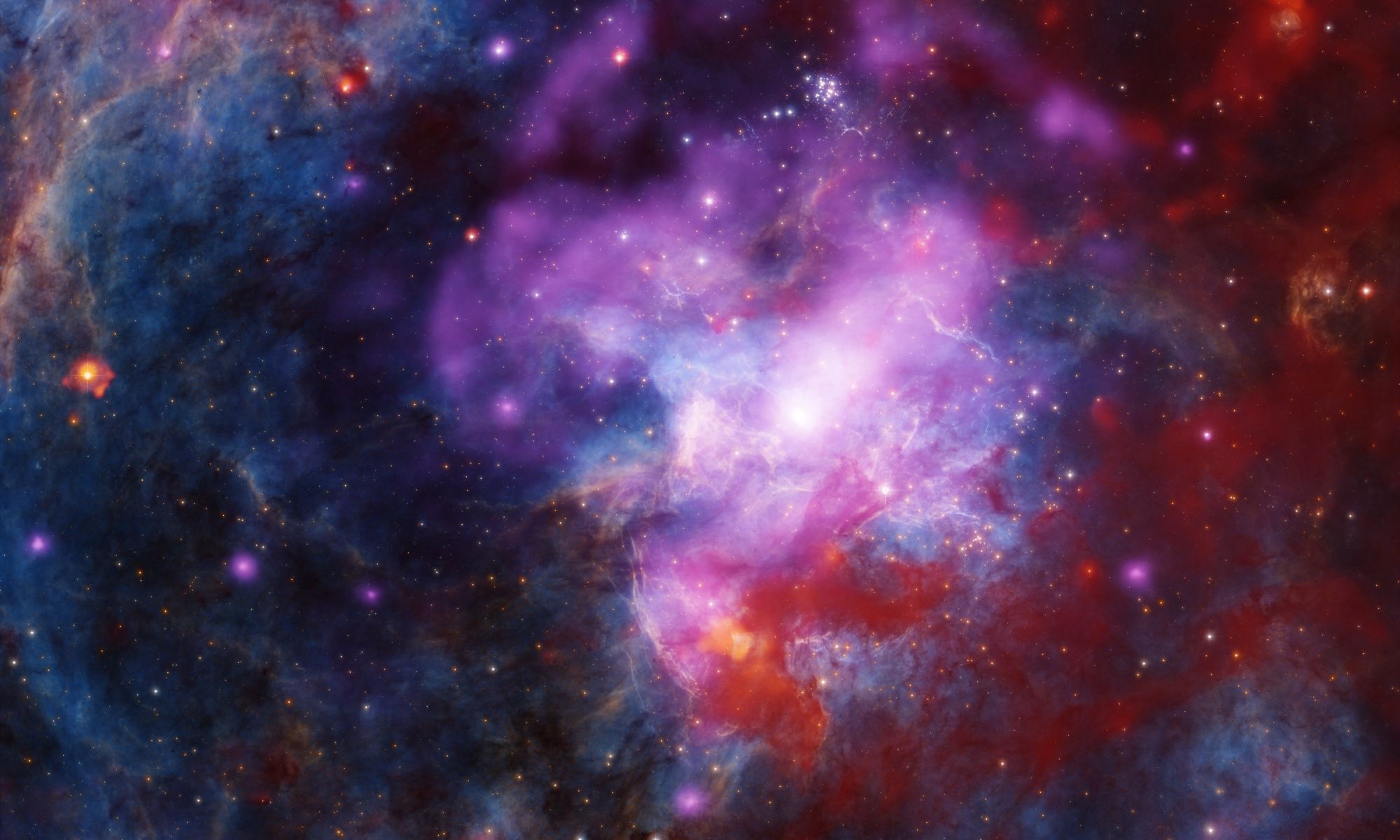
The key to astronomy is careful observation. Unlike many sciences, astronomers can’t often do their work in a lab. Sure, they can build space telescopes and large ground observatories, but even with tools as simple as sticks and stones astronomers were able to change our understanding of the Universe with patience and observation. That tradition still holds true today, as a recent study in The Astronomical Journal shows.
Continue reading “Multiple Supernova Remnants Merging in a Distant Nebula”Webb Sees a Supernova Go Off in a Gravitationally Lensed Galaxy – for the Second Time

Nature, in its infinite inventiveness, provides natural astronomical lenses that allow us to see objects beyond the normal reach of our telescopes. They’re called gravitational lenses, and a few years ago, the Hubble Space Telescope took advantage of one of them to spot a supernova explosion in a distant galaxy.
Now, the JWST has taken advantage of the same lens and found another supernova in the same galaxy.
Continue reading “Webb Sees a Supernova Go Off in a Gravitationally Lensed Galaxy – for the Second Time”
